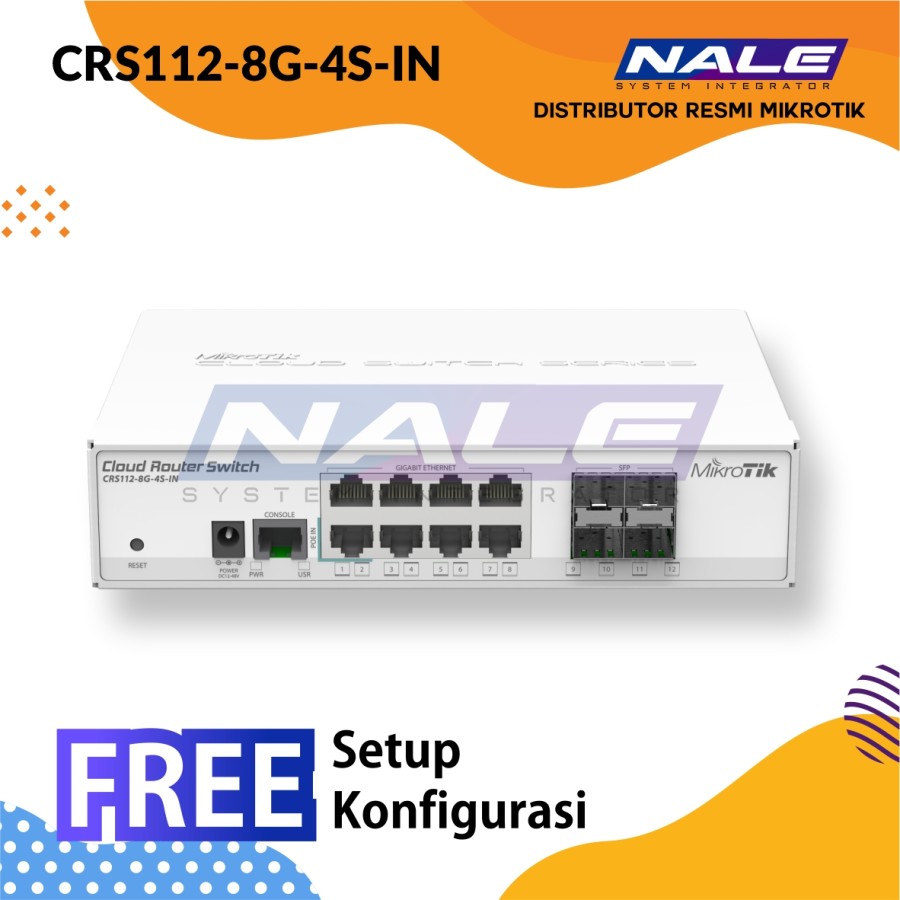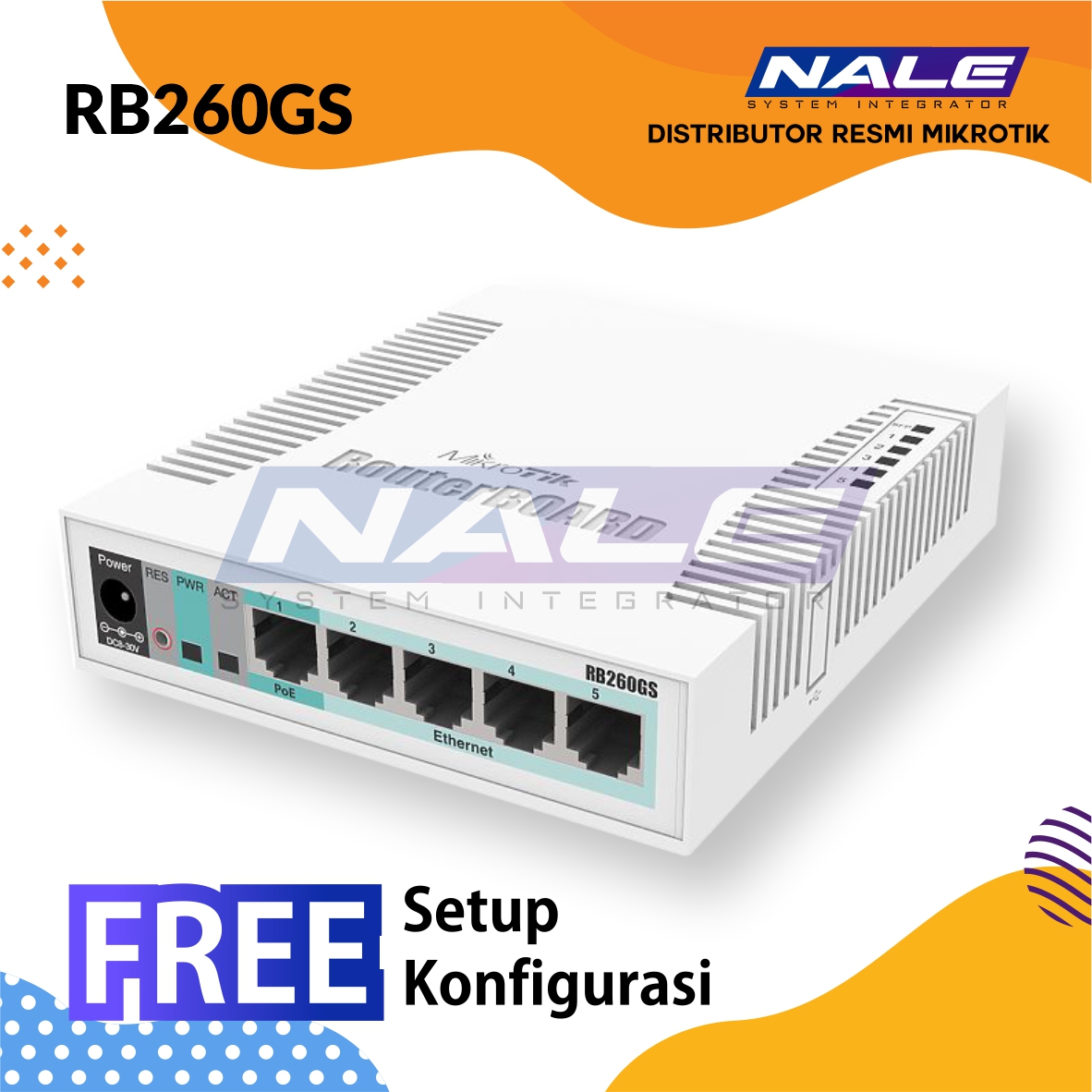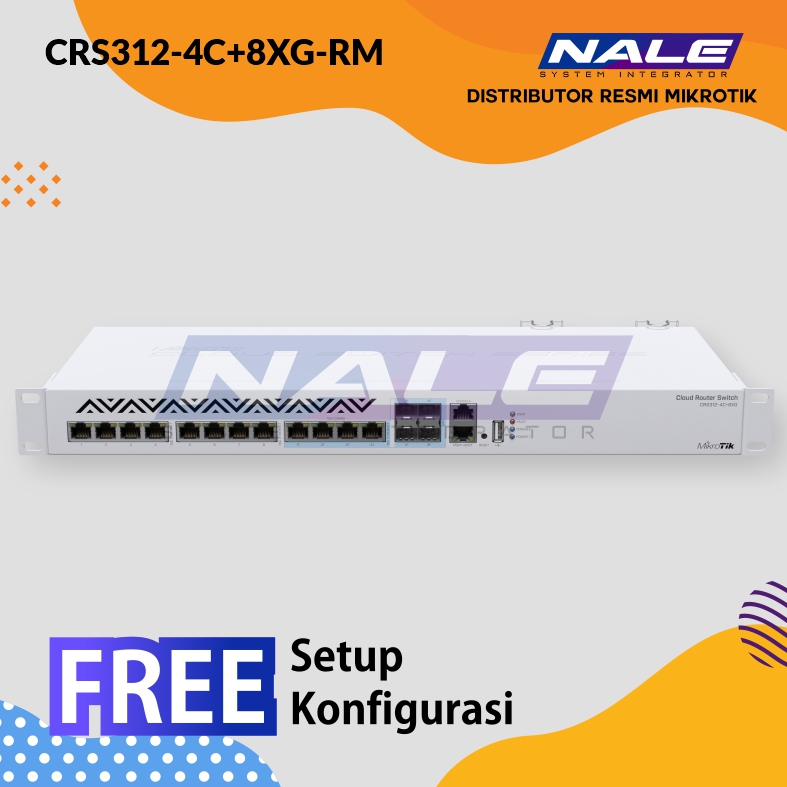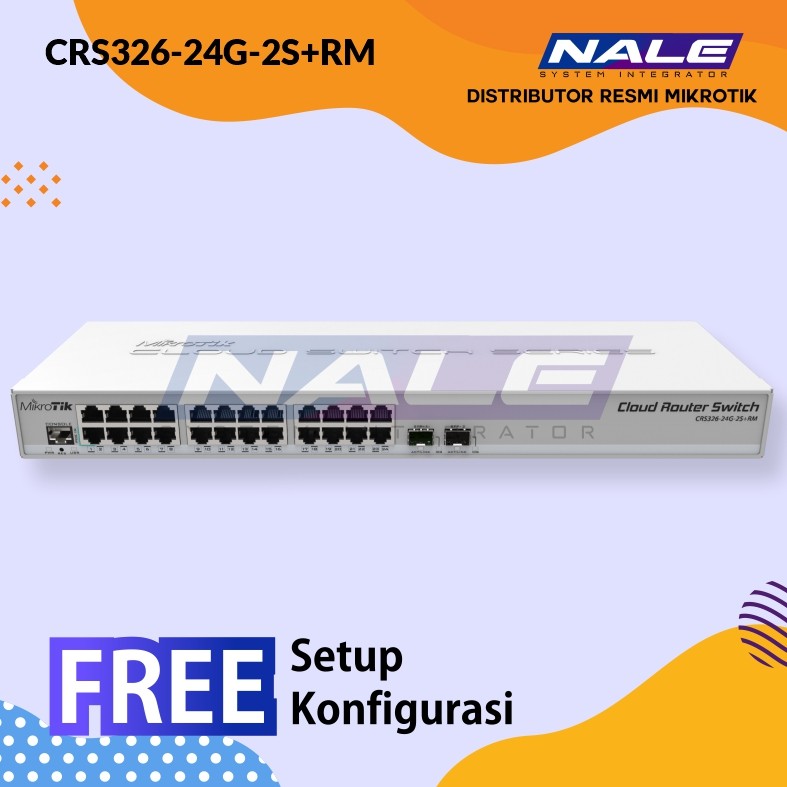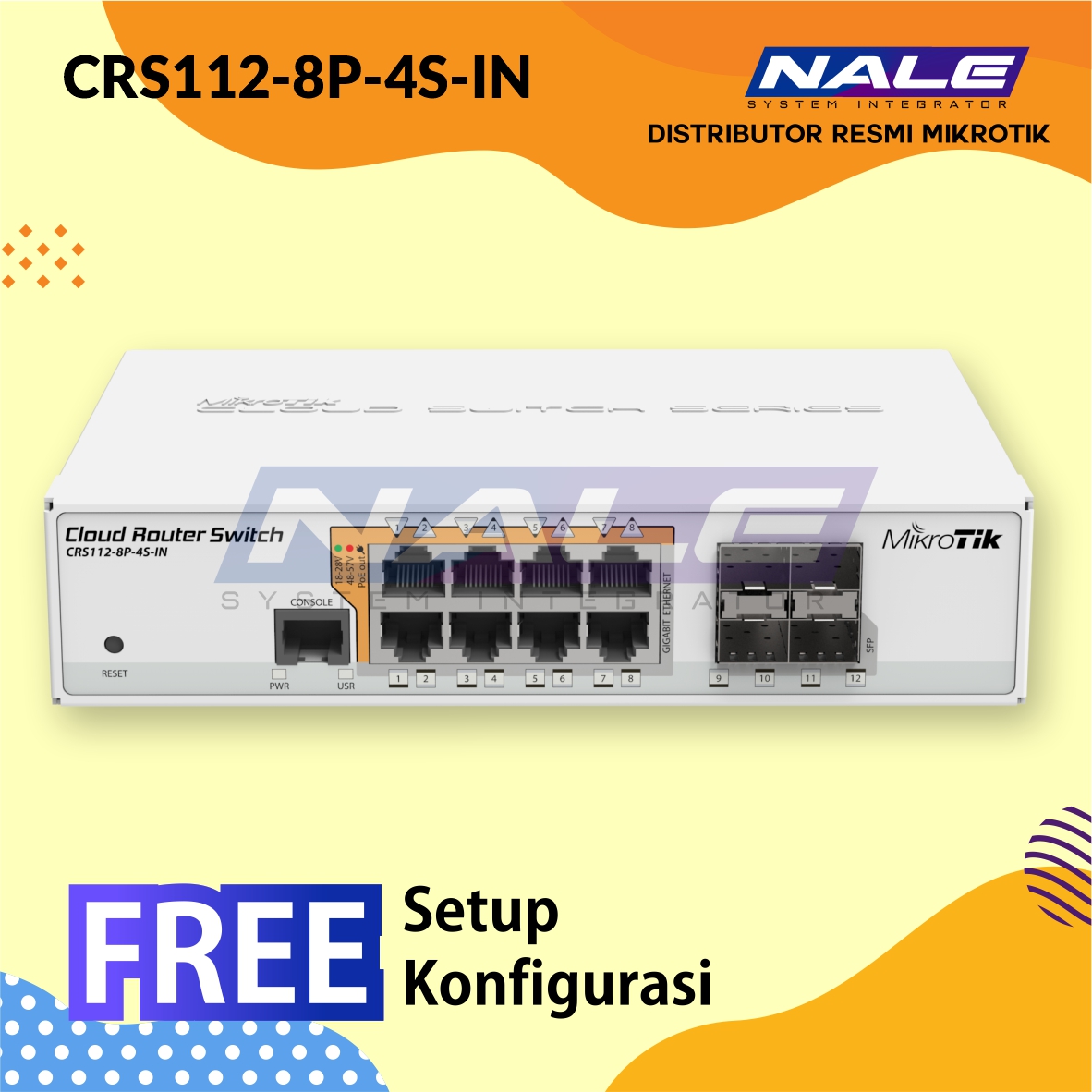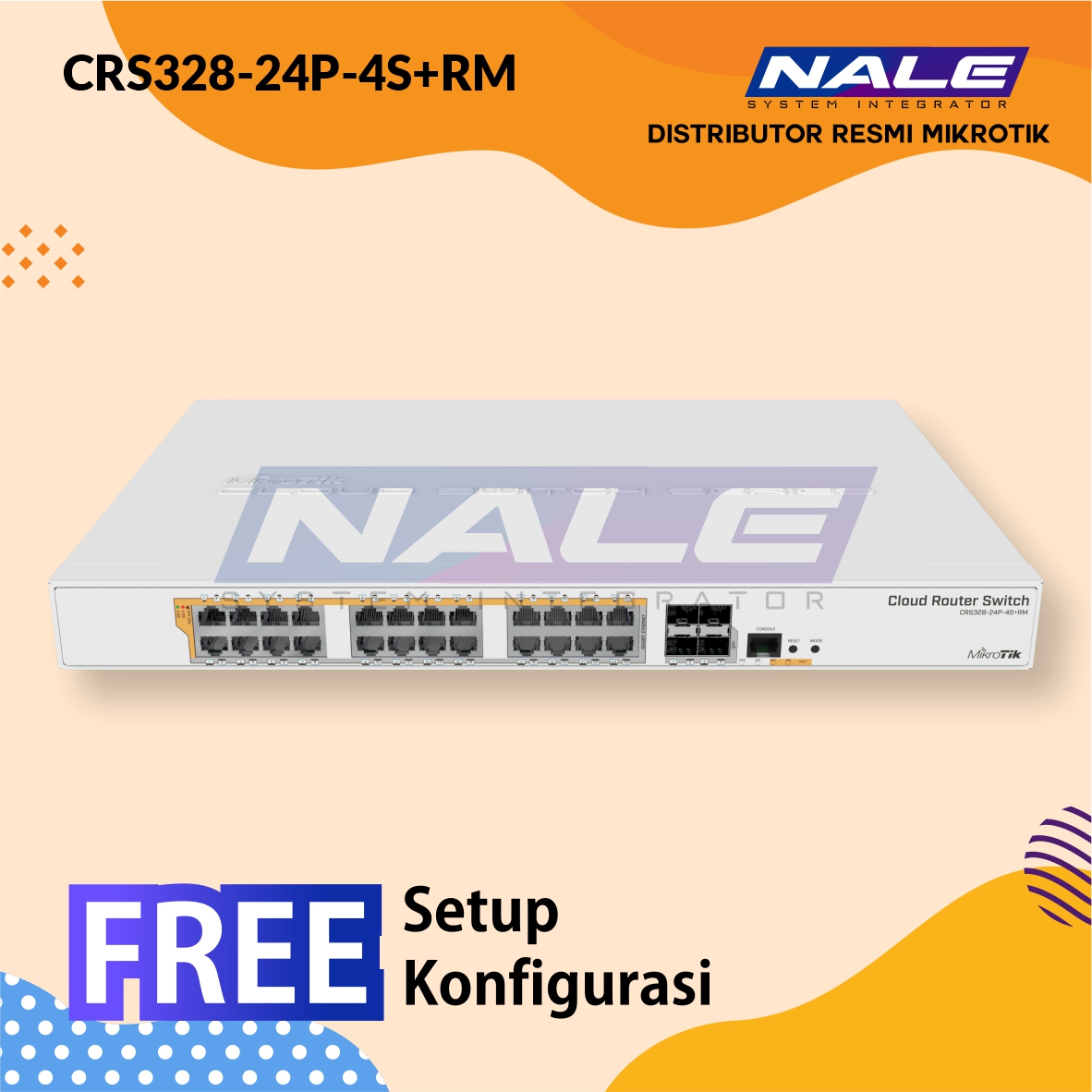Cisco Nexus 5672UP Chassis, 1RU, 32 p 10-Gbps SFP+, 16 Unified Ports, 6p 40G QSFP+ (N5K-C5672UP)
Deskripsi
|
Performance |
|
● Cisco Nexus 5672UP: Layer 2 and 3 hardware forwarding at 1.44 Tbps; 1071 mpps (64-byte packets)
● Support for up to 256,000 combined entries of MAC addresses and Address Resolution Protocol (ARP) entries
● Low latency of approximately 1 microsecond using cut-through forwarding for predictable, consistent traffic latency regardless of packet size, traffic pattern, or features enabled on 10 and 40 Gigabit Ethernet interfaces
● 25-MB buffer per 12 x 10 Gigabit Ethernet SFP+ interfaces
● Line-rate traffic throughput on all ports in Layer 2 and 3 mode
|
|
Interfaces |
|
● Cisco Nexus 5672UP-16G: 48 fixed 10 Gigabit Ethernet SFP+ ports with 24 of the 48 ports being unified, and 6 fixed 40 Gigabit Ethernet QSFP+ ports with 10 and 40 Gigabit Ethernet FCoE support on all respective ports and 2/4/8/16-Gbps Fibre Channel on all the unified ports. First 24 ports can support 1G Ethernet.
● Cisco Nexus 5672UP: 48 fixed 1/10 Gigabit Ethernet SFP+ ports with 16 of the 48 ports being unified, and 6 fixed 40 Gigabit Ethernet QSFP+ ports with 10 and 40 Gigabit Ethernet FCoE support on all respective ports and 2/4/8-Gbps Fibre Channel on all the unified ports
● Cisco Nexus 56128P: 48 fixed 1/10 Gigabit Ethernet SFP+ ports with 4 x 40 Gigabit Ethernet QSFP+ fixed ports and 2 expansion slots
● Expansion module: 24 SFP+ unified ports plus 2 x 40 Gigabit Ethernet QSFP+ ports
● Conversion of 40 Gigabit Ethernet ports to 10 Gigabit Ethernet interfaces through QSFP+ breakout cable
● Fabric extension through the Cisco Nexus 2200 and 2300 platforms
|
|
Layer 2 Features |
|
● Layer 2 switch ports and VLAN trunks
● IEEE 802.1Q VLAN encapsulation
● Support for up to 4000 VLANs
● Support for up to 4000 access control list (ACL) entries
● Rapid Per-VLAN Spanning Tree Plus (PVRST+) (IEEE 802.1w compatible)
● Multiple Spanning Tree Protocol (MSTP) (IEEE 802.1s): 64 instances
● Spanning Tree PortFast
● Spanning Tree root guard
● Spanning Tree Bridge Assurance
● Cisco EtherChannel technology (up to 16 ports per EtherChannel)
● Cisco vPC technology
● vPC configuration synchronization
● vPC shutdown
● Link Aggregation Control Protocol (LACP): IEEE 802.3ad
● Advanced port-channel hashing based on Layer 2, 3, and 4 information
● Jumbo frames on all ports (up to 9216 bytes)
● Pause frames (IEEE 802.3x)
● Storm control (unicast, multicast, and broadcast)
● Private VLANs
● Private VLAN over trunks (isolated and promiscuous)
● Private VLANs over vPC and EtherChannels
● VLAN remapping
● FabricPath
● EvPC and vPC+ with FabricPath
● Adapter FEX
● Data Center VM-FEX
● Support for up to 24 fabric extenders (Layer 2) with each Cisco Nexus 5672UP, 5672UP-16G, and 56128P Switch
● RDMA over Converged Ethernet (RoCE) using Data Center Bridging (DCB) support (DCB Exchange [DCBX] no drop and Priority Flow Control [PFC])
|
|
Layer 3 Features |
|
● Layer 3 interfaces: Routed ports, Switch Virtual Interface (SVI), port channels, subinterfaces, and port-channel subinterfaces
● Support for up to 32,000 IPv4 and 8000 IPv6 host prefixes
● Support for up to 8000 multicast routes (IPv4)
● Support for up to 8000 IGMP snooping groups
● Support for 4000 Virtual Routing and Forwarding (VRF) entries
● Support for up to 4096 VLANs
● Equal-Cost Multipathing (ECMP) up to 64 ways
● 4000 flexible ACL entries
● Routing protocols: Static, Routing Information Protocol Version 2 (RIPv2), Enhanced Interior Gateway Routing Protocol (EIGRP), Open Shortest Path First Version 2 (OSPFv2), Border Gateway Protocol (BGP), and Intermediate System-to-Intermediate System (IS-IS)
● IPv6 routing protocols: Static, OPFv3, BGPv6, and EIGRPv6
● IPv6 VRF-lite
● BFD support: OSPFv2, BGPv4, EIGRP, and VRF instances
● Policy-Based Routing (IPv4 and IPv6)
● Hot-Standby Router Protocol (HSRP) and Virtual Router Redundancy Protocol (VRRP)
● IP direct broadcast
● vPC+ routing protocol peering
● ACL: Routed ACL with Layer 3 and 4 options to match ingress and egress ACL
● Multicast: Protocol Independent Multicast Version 2 (PIMv2) sparse mode, Source-Specific Multicast (SSM), Bidir-PIM, Multicast Source Discovery Protocol (MSDP), IGMPv2 and v3, and Multicast VLAN Registration (MVR)
● VRF: VRF-lite (IP VPN); VRF-aware unicast; and BGP-, OSPF-, RIP-, and VRF-aware multicast
● Unicast Reverse-Path Forwarding (uRFP) with ACL; strict and loose modes
● Jumbo frame support (up to 9216 bytes)
● Support for up to 24 fabric extenders on each Cisco Nexus 5600 10-Gbps platform switch
|
|
Quality of Service (QoS) |
|
● Layer 2 IEEE 802.1p (Class of Service [CoS])
● 8 unicast queues and 8 multicast queues per port
● Per-port QoS configuration
● CoS trust
● Port-based CoS assignment
● Modular QoS CLI (MQC) compliance: IPv4 and IPv6
● ACL-based QoS classification (Layers 2, 3, and 4)
● Flexible TCAM carving
● MAC and ARP hardware carving
● MQC CoS marking
● Per-port virtual output queuing
● CoS-based egress queuing
● Egress strict-priority queuing
● Egress port-based scheduling: Deficit Weighted Round-Robin (DWRR)
● Control-Plane Policing (CoPP): IPv4 and IPv6
|
|
Security |
|
● Ingress ACLs (standard and extended) on Ethernet and virtual Ethernet ports
● Standard and extended Layer 2 ACLs: MAC addresses, protocol type, etc.
● Standard and extended Layer 3 and 4 ACLs: IPv4 and IPv6, Internet Control Message Protocol (ICMP and ICMPv6), TCP, User Datagram Protocol (UDP), etc.
● Ingress policing
● VLAN-based ACLs (VACLs)
● Port-based ACLs (PACLs)
● Named ACLs
● Optimized ACL distribution
● ACLs on virtual terminals (vtys)
● ACL logging (IPv4 only)
● Dynamic Host Configuration Protocol (DHCP) snooping with Option 82
● Dynamic ARP Inspection
● IP source guard
● DHCP relay (up to 32 destinations)
● Ethernet port security
● IPv6 RACL, PACL, and VACL
● iSCSI Type-Length-Value (TLV)
|
|
High-Availability Features |
|
● Cisco In-Service Software Upgrade (ISSU) for Layer 2
● Hot-swappable field-replaceable power supplies and fan modules
● N+1 and N+N power redundancy
● N+1 fan module redundancy
|

